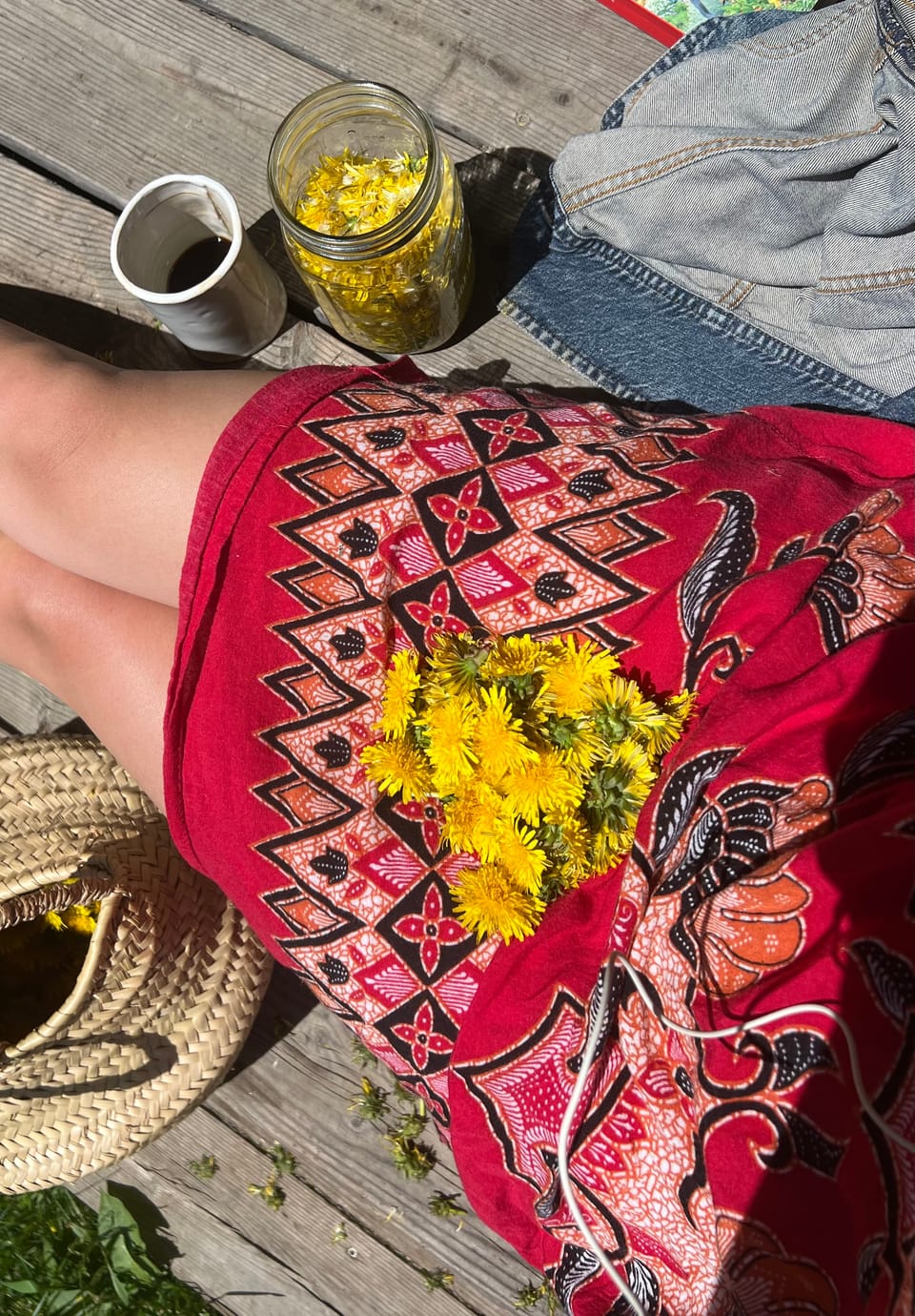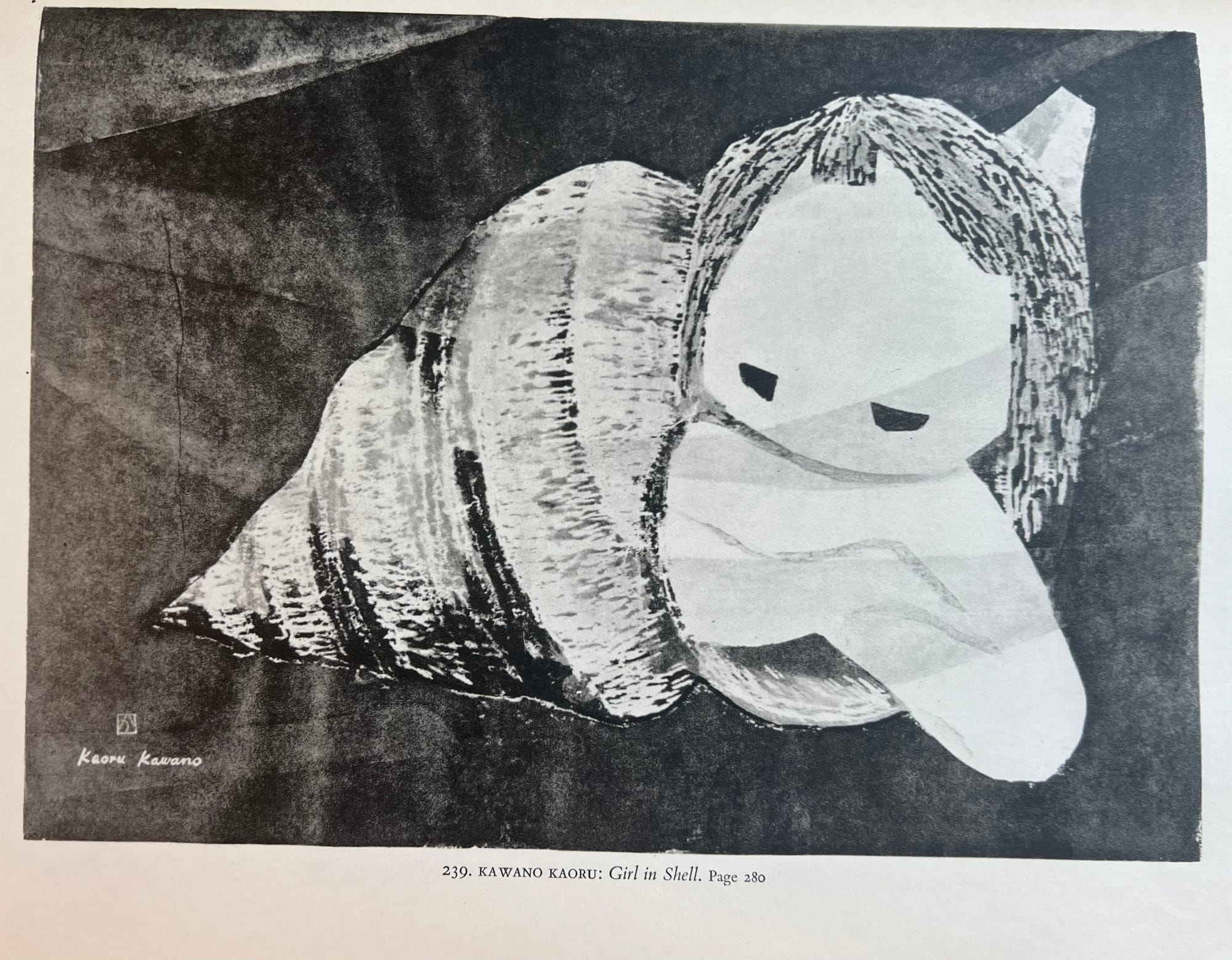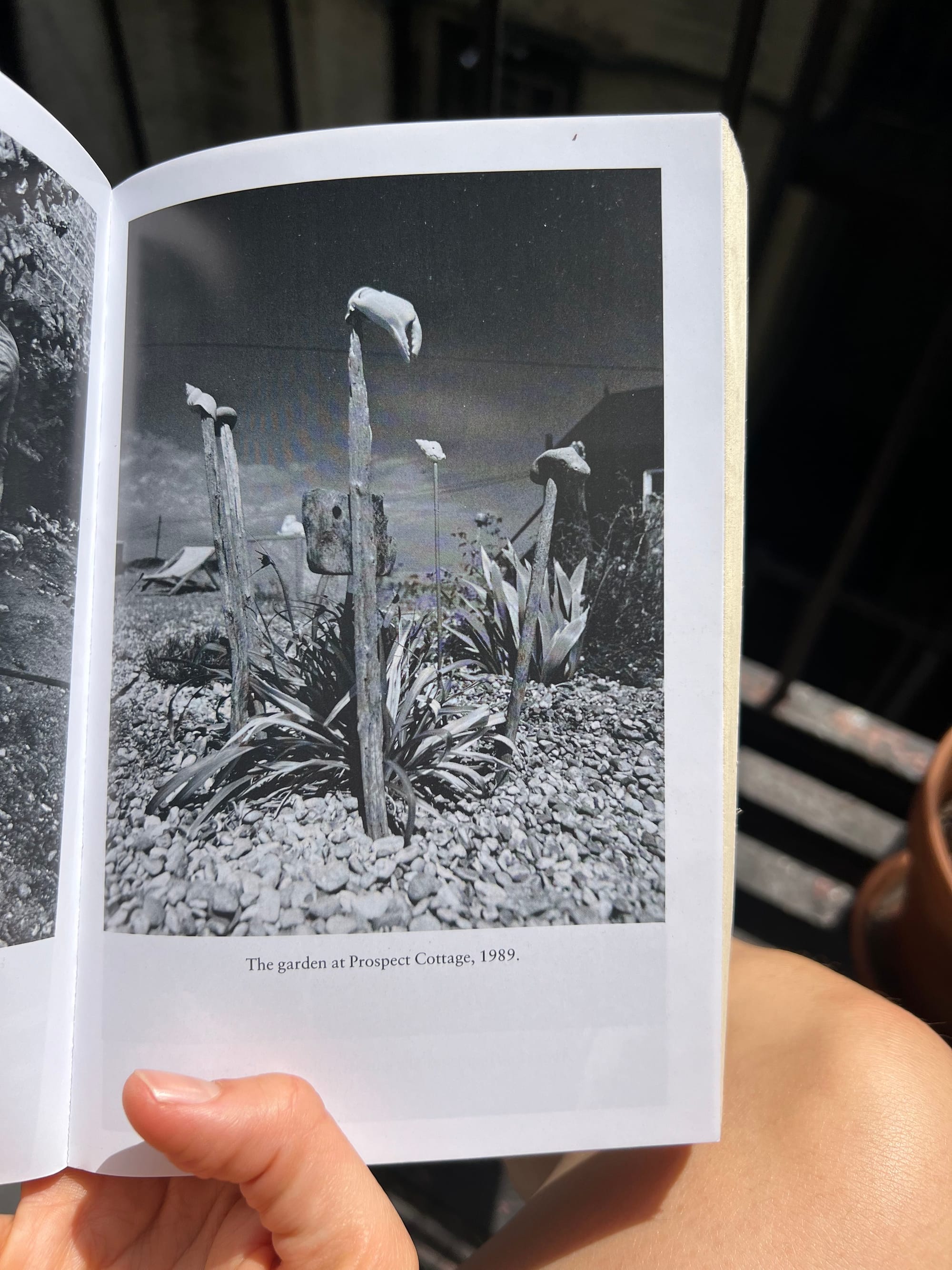Dandelion

Gemini: May 20 - June 19.
I'm writing you from Vermont, where I have been museum sitting for Clare at the Museum of Everyday Life. I hope this letter can be a pleasant inbox surprise. It is the first in a series of monthly dispatches in a new yearlong project. Please see how you like the idea by reading on, and consider subscribing to be with me for the journey. Feedback, questions, fact checks, and collaboration are all more than welcome.
Last year was a slow crawl out of an old shell, followed by a burst of golden, nomadic energy. As Tara noted over our overdue beer, it's interesting how we go through phases of feeling old and then young, and then old once again, necessitating the constant cycle of leaving– people, places, versions of ourselves...

I've been feeling old lately when it comes to living arrangements, specifically what home looks like. Home has always been a fraught topic for me. Especially after the last few years of dormitory style living, innkeeping, tenting, puppet touring, work exchanges, and constant repotting, what I desire right now is the feeling of my own home. Not in the private property sense, just in the license to completely rest and nest sense. Most of all, in this home I Need to Start a Garden.
While museum sitting, I have begun studying Western Herbalism. I've also been reading the diary that the artist Derek Jarman kept during his last two years of life, which he chose to spend growing a garden. Jarman was diagnosed with HIV in 1986, but somehow made his garden, Dungeness, flourish despite his ailing health, and proximity to a nuclear power station. I cannot overstate the influence this book, 'Modern Nature', has had on me. Not only is it an excruciatingly beautiful read, but it made me reconsider mowing the lawn before doing something about all the Dandelions.


A combination of life events + Derek Jarman's diary + my old fascination with durational projects + my new fascination with herbalism + the Dandelions has prompted me to begin the project of growing a medicinal herb garden on my "balcony" in Bushwick. Currently nothing more than a concrete slab that shelters our stoop, it is the perfect south facing home for some new friends. To document this process I will be writing a monthly newsletter. A blend of letter and herbal monograph, each astrological season I will share findings from the balcony and the constellation of my life. For example, this Gemini period I have chosen to focus on Dandelion. Upcoming Cancer season will be devoted to...I can't tell you. It is a surprise. My hope is to do this for one year, during which I do not leave New York City.
Now that you've been briefed, let's get to talking about Dandelions, Taraxacum officinale. It's basic manners to call people by their name, and for this reason I am trying to become better about plant identification (while also navigating the ethics of plant ID apps and their role in location sharing and poaching). The name "Dandelion" comes from dent de lion, French for lion's tooth, perhaps in reference to its spiked leaves or mane-like yellow petals. This etymology also makes me think of Dandelion as possessing the lion-like spirit qualities of loyalty and courage. Kí* clearly wants to be around us human beings, despite our best efforts to rid our lawns of the ubiquitous weed.
It seems there are thousands of recipes for preparing Dandelion. From its roots (coffee) to its stems (noodles) to its leaves (honey) to its petals (wine!) to its seeds (milk), every part of this plant is edible. I am not yet at the point where I feel equipped to do what I think of as "hardcore wildcrafting," like making tinctures or infused oils... but I did want to at least try eating all the different parts of Dandelion as food, if not medicine. Food of course is medicine, but let's say I am consuming for pleasure and curiosity, rather than in the hopes of treating an ailment.
I am now about a week into the many month process of making Dandelion Wine– my first fermentation project. Using this recipe as my guide, I harvested all the Dandelion my whiny lower back would allow. Sitting on the front porch, removing flower head after flower head, was an experience of extraordinary bliss. Every morning I tell myself I really am becoming a witch as I stir a bubbly crock of flower water, sugar, and yeast...in the hopes that it will resemble something like wine in six months time. Soon, all I will have to do is wait.
I am just starting to learn about The Honorable Harvest method. I am not yet accustomed to speaking to plants, let alone asking for their permission to be picked. But one must begin somewhere. Known for its bitterness and as a digestion aid, I decided to say a prayer and harvest some Dandelion for a stir fry with its leaves, and "coffee" from its roots. Even though I knew I would be mowing the lawn anyways, there is an intensity and a finality to harvesting a plant from the root.
I prepared a simple sautée of chopped Dandelion leaves with butter, garlic, red pepper, and salt. The end result reminded me of 空心菜, stir fried water spinach. Earlier in the day, Ocea and I had baked cinnamon buns, and I took great pleasure in my bittersweet dinner of cinnamon buns and Dandelion greens. Questionable nutritional balance but unquestionable poetry.

I will keep the adventure of Dandelion coffee to myself for the sake of not sounding like a food blog. Eventually, I had to stop spending so much time pretending I was a mad scientist and actually mow the goddamn lawn– part of my groundskeeping duties for visitor safety around tick prevention. While doing this, I couldn't help but feel like an utterly destructive human. The bees were not having it (understandable), and joined ranks with the deer flies, who together attacked the exposed skin of my hands, causing me to yelp and stop frequently. I felt like a phony plant lover as I bulldozed through the potential for a whole habitat. Is this really gardening?
As I ploughed my way through the property, I couldn't help but recall the horrifying euphemism by the Israeli Occupation Force of "mowing the grass" to refer to its routine bombardments of Gaza. Of our reputation as humankind to wipe others out to sink our own roots deeper into soil that never belonged to us in the first place.
Something I have come to learn since the time I first started writing this piece is that despite the rightful romanticism we have for gardening, there is inherent violence in it, too. Xander articulated this well in one of her infamous forms:
"Horticulture and eugenics have a long history of living side by each. There is beauty in gardening, but also a violence in deciding what is a weed and what is a flower and what stays and what goes. Ripping things out, pruning, expelling plant matter to the compost heap, which if tended well can rage with all of the heat of hell. And then there is the conversation about what is invasive and what is native, which is fraught on so many levels. And yet who isn’t charmed by native milkweed and all of the butterflies swarming around it? The last of the fall flowers have been taken by the frost. Now there is only winter aconite to look forward to."
Why is it that everywhere we turn, we leave violence in our wake? Even in an activity like gardening, there is manipulation and life taking involved. I hope to make progress with these questions, and to find as many respectful ways of learning from plants as I can. In the meantime, I take solace from the Mary Oliver poem on the fridge here, When I am Among the Trees:
When I am among the trees,
especially the willows and the honey locust,
equally the beech, the oaks and the pines,
they give off such hints of gladness.
I would almost say that they save me, and daily.
I am so distant from the hope of myself,
in which I have goodness, and discernment,
and never hurry through the world
but walk slowly, and bow often.
Around me the trees stir in their leaves
and call out, “Stay awhile.”
The light flows from their branches.
And they call again, “It's simple,” they say,
“and you too have come
into the world to do this, to go easy, to be filled
with light, and to shine."
May we walk slowly and bow often!
𓇢𓆸
*I was fascinated to learn about Robin Wall Kimmerer's proposal (39:49) to reclaim the animacy of the world in English with the new pronoun "kí" for non human living beings. She says:
"In the English language you are either a human, or you are a thing, an it. Think of the repercussions of itting the world. This small piece of linguistic imperialism and the objectification of nature that "it" holds...the consequences of this objectification of the living world creates a kind of moral exclusion."